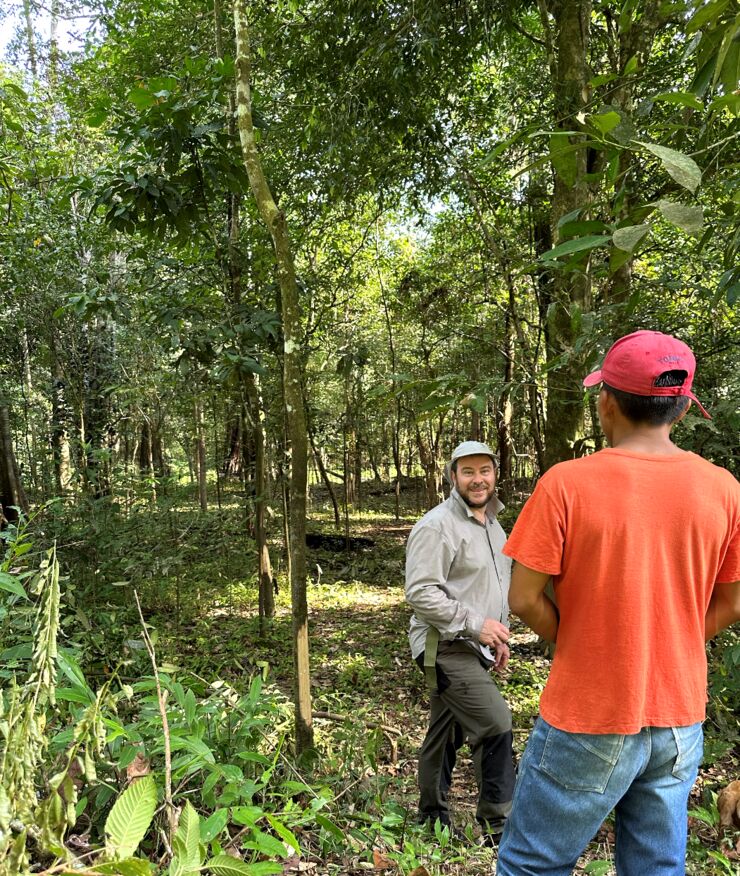“We previously thought that trees contribute primarily by absorbing carbon dioxide via photosynthesis, but this shows how trees are beneficial in a new and surprising way,” says Professor Vincent Gauci of the University of Birmingham, who led the study.

Methane has accounted for roughly 30 per cent of global warming since pre-industrial times. Emissions are currently increasing faster than at any time since measurements began in the 1980s. Most of the breakdown of methane occurs in the atmosphere. Up to now, researchers thought that only bacteria in soil can capture and break down the greenhouse gas at ground level. Researchers from the University of Birmingham and Linköping University can now show that microbes living in the woody surfaces or inside the trees remove as much – or perhaps even more – methane as the bacteria found in soil. The researchers estimate that the new discovery will increase the climate benefit of trees by 10 per cent.
This is important when it comes to choices for climate change mitigation. At the COP26 climate conference in 2021, countries pledged to reduce methane emissions by 30 per cent by the end of this decade.
New planting important measure
In the study, the researchers examined trees from three climate zones: tropical forest in the Amazon and Panama, deciduous forest in the UK, and coniferous forest in Sweden. Most methane was absorbed by the tropical forests, probably because microbes thrive best in warm and humid climates.
Captured higher up
By studying methane exchange between the atmosphere and the woody surfaces of trees at different heights, the researchers were able to show that while small amounts of methane were emitted by the trees at ground level, methane was instead captured a few metres up the stem. Preliminary estimates show that the Earth’s trees capture between 24.6 and 49.9 million tons of methane. The results fill large knowledge gaps and increase our understanding of how methane is broken down or released.
The analysis also shows that if the total woody surface area of all trees were laid out, it would cover an area as large as the Earth's land surface.
“Tree woody surfaces add another dimension to the regulation of atmospheric methane, and the global methane cycle continues to deliver major surprises,” says co-author of the study, Professor David Bastviken at Linköping University.
The study was funded with support from, among others, UK NERC, the Brazilian funding agencies CNPq and CAPES, the Swedish Research Council and Formas.
Article: Global atmospheric methane uptake by upland tree woody surfaces | Nature, Vincent Gauci, Sunitha Rao Pangala, Alexander Shenkin, Josep Barba, David Bastviken, Viviane Figueiredo, Carla Gomez, Alex Enrich-Prast, Emma Sayer, Tainá Stauffer, Bertie Welch, Dafydd Elias, Niall McNamara, Myles Allen and Yadvinder Malhi, Nature, published online 24th of July 2024, doi: https://doi.org/10.1038/s41586-024-07592-w
